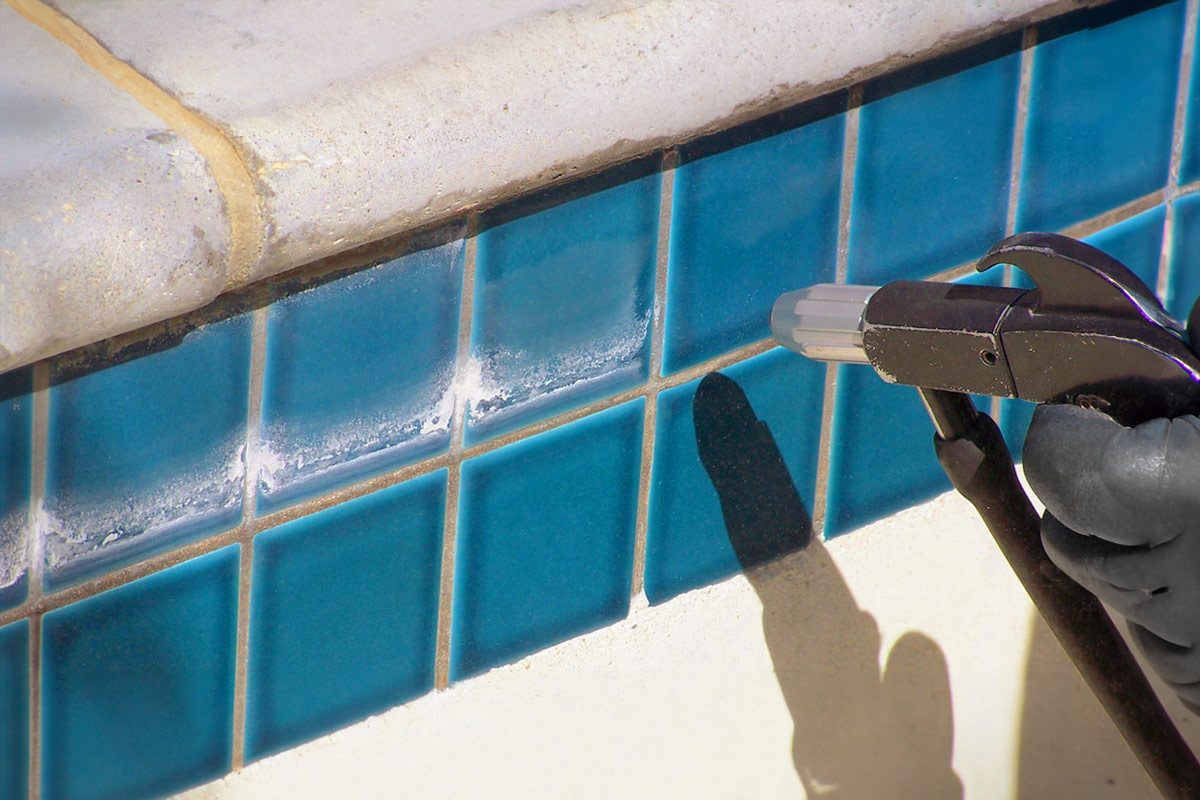This post discusses calcium scale, a kind of calcium carbonate, also referred to as lime scale. Many parts of the US has hard water, which could lead to the production of calcium deposits building up on your pool’s tiles.
What is the Cause Scale in a Pool?
Lime scale happens because of pool water evaporating throughout the summers around the pool water line in your pool. Calcium crystals are created as nodes that speck the surface of your pool’s tile or metal surfaces and might even cause crust like deposits in the corners of your pool. This happens because of high calcium hardness that is caused by heightened pH levels, increased alkalinity, and high water temperatures.
How You Can Prevent Calcium Scale?
- Avoid calcium hypochlorite shock, it can add calcium to your pool.
- Maintain your alkalinity and pH reduction by having an 80 ppm alkalinity and 7.2 – 7.4 pH level.
- Utilize a purifier to group calcium collectively to be filtered through your pump.
- Balance the LSI of your pool. This is what determines the inclination to scale. LSI calculators are going to going to receive five water test results and is going to do the math for you.
How You Can Remove the Calcium Scale?
You are able to remove calcium scale growth utilizing muriatic acid or utilizing a dry acid that dissolves in water. You are able to use a sponge for lesser areas and/or are able to a watering pot for the bigger areas. Always wear gloves and safety goggles for removing scale with acid. It releases harmful fumes, is going to fizzle and bubble as the calcium scale growth gets dissolved.
Removing Calcium Deposits on Your Pool Plaster
Many white plaster pools most likely will have calcium scale everywhere, but you are not going to notice it due to the plaster being white. Blackish or grayish plaster pools are also going to have a calcium layer, but it is somewhat noticeable. By acid washing, more darkish colors can be renewed. For removing calcium, begin with a pumice stone made for pools and figure out if you can do your whole pool by using the stone to sand off the calcium. Or having your pool drained and having it pressure or acid washed.
The Removal of Calcium on Efflorescence on Your Stonework and Tile
Like calcium scale created by water, efflorescence develops in the grout between stone or tiles closer to water fixtures. Regardless of what is creating the moisture to come from back of the stone or tile throughout the grout is going to develop calcium. Oftentimes the moisture is created from the pool itself. Sealers can be utilized on the tiles to be a sort of barrier. For larger stones or tiles that are above the water line, you might need to seal the water at its source for the hindrance of efflorescence. Even when your water is hard, you can regulate and hinder calcium deposits with a little muscle, cleaning products and excellent water balance.
Removing Calcium Deposits on Pool Tiles
Lower the pool water level to the base of your tiles and prep the acid solution. Apply the solution with a wide sponge and/or wire brush. Use the wire brush or a putty knife to aid you in the removal of the calcium deposits. Rinse it off with water after one minute and then continually apply as needed. Using a pool pumice stone can also help in removing calcium scale with a little muscle.
Above All Pool Care offers Pool Service in Scottsdale
We specialize in pool tile cleaning and can have your green pool cleaned fast in Gilbert and surrounding areas. Call or contact us to get a free quote. Let Above All Pool Care educate and equip you for your year-round swimming season.






